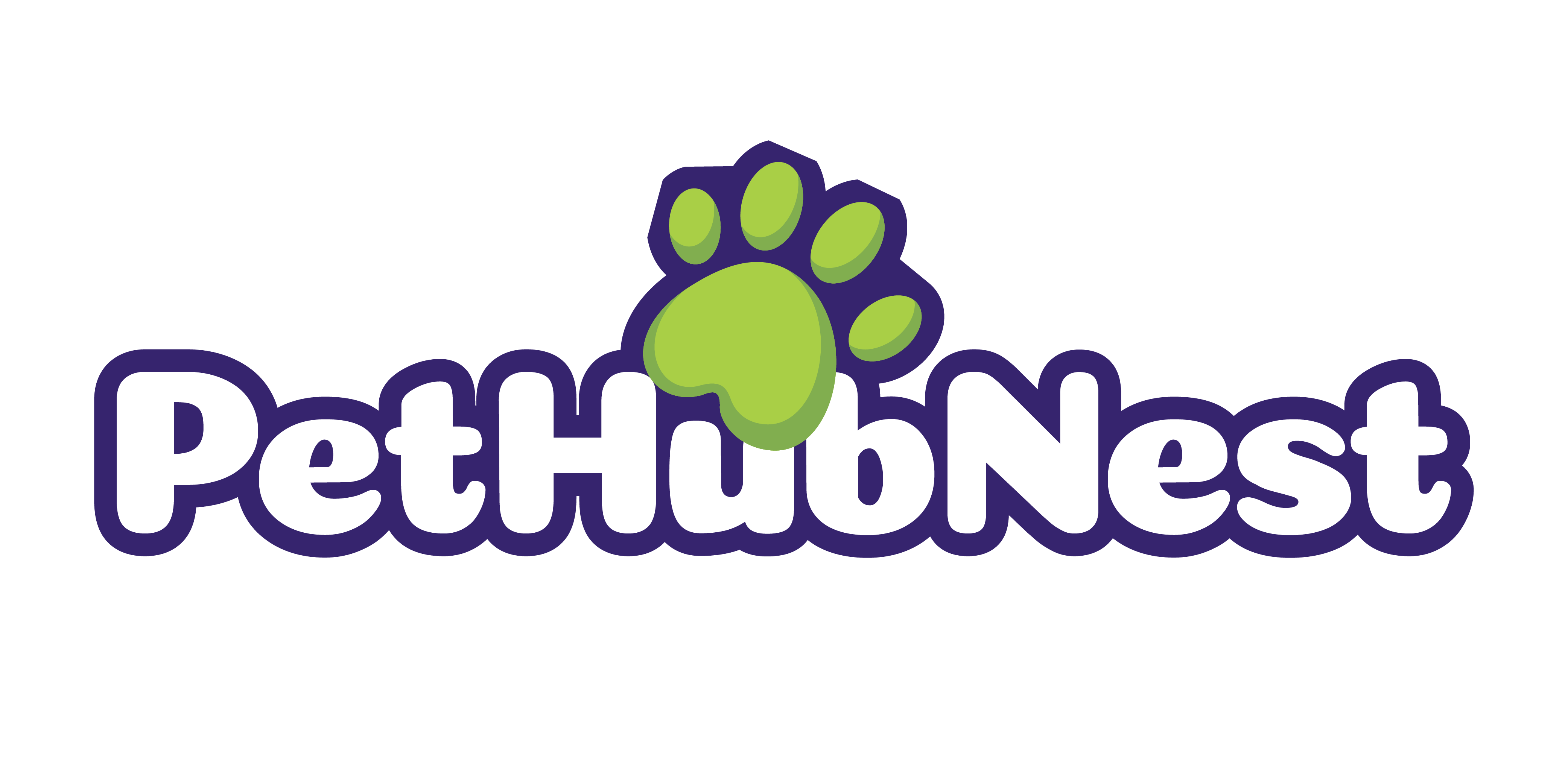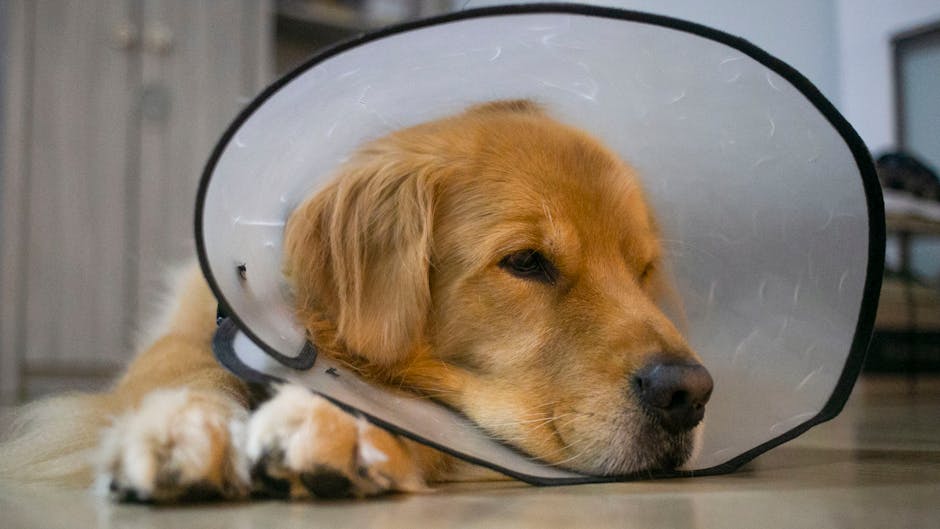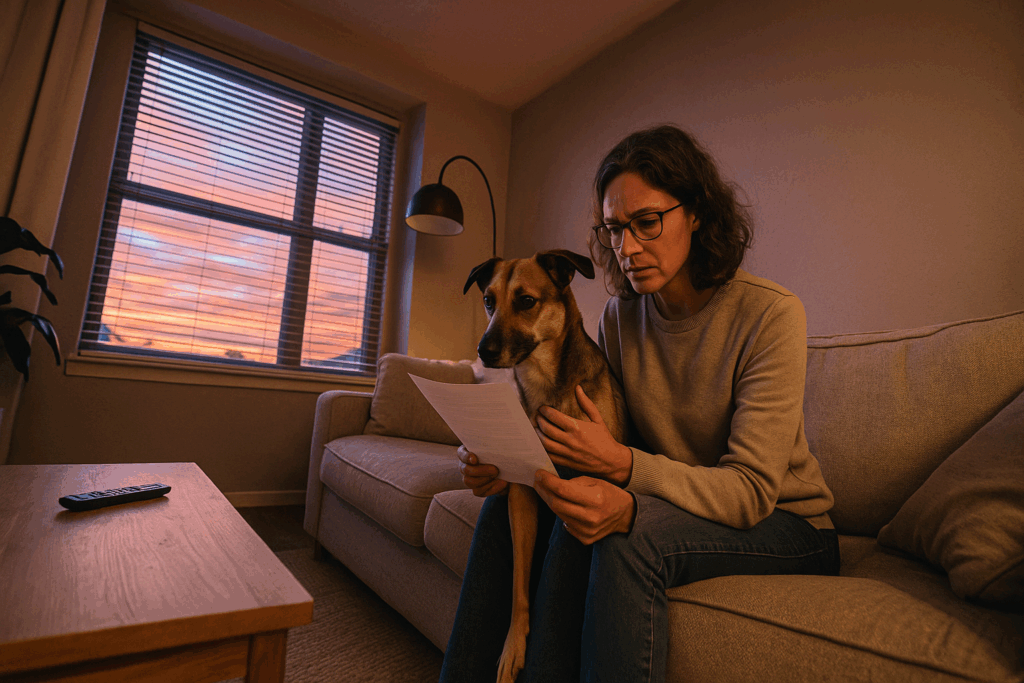Intro: The New Era of Pet Parenting
We’re not just buying squeaky toys and filling water bowls anymore. Tech has quietly threaded itself into every corner of modern pet care—wearables, feeders, apps—you name it. This isn’t a fad. It’s a shift in how we understand and respond to our pets’ needs.
What used to be reactive—waiting for symptoms to appear, guessing at behavior, hoping they’re healthy—is becoming proactive. Devices now track heart rate, sleep cycles, and even mood. Smart feeders adjust portions based on activity. Apps log vet records, allergies, and meal times on the fly.
It’s not about turning your golden retriever into a science project. This is about clarity, early intervention, and peace of mind. The tech isn’t replacing our instincts—it’s sharpening them. And for pets, that can mean a longer, healthier life built on daily micro-decisions that matter.
Smart Devices, Smarter Pets
Pet tech isn’t just about fun gadgets anymore. Wearables for animals—like fitness trackers, GPS collars, and health monitors—are pulling serious weight in the world of pet care. These devices log steps, sleep, heart rate, and even subtle behavioral changes. For busy pet parents, that data turns into peace of mind. You’re not guessing if your dog got enough exercise today—you know.
Then come the automation tools. Automatic feeders and hydration stations keep routines rock-solid, even when you’re stuck in a meeting or out of town. Smart litter boxes now monitor waste patterns and alert you to possible health issues before your pet says a word. It’s reactive care giving way to proactive monitoring without the guesswork.
The real win here isn’t just the novelty—it’s bandwidth. These tools lighten the load for owners and elevate the baseline standard of care for pets. Less stress, fewer emergencies, and a more balanced life for everyone on both ends of the leash.
Telehealth for Pets
Vet visits have traditionally meant long waits, stressed-out pets in carriers, and an unpredictable bill at the end. That’s changing. Virtual vet consultations are now a growing staple for modern pet care. With just a few taps on an app, pet parents can connect to licensed vets for quick triage, follow-ups, or nutrition advice—without leaving the house. It’s fast, often more affordable, and notably less stressful for animals.
Apps do more than connect you to a vet—they help you track symptoms, schedule reminders for medications or checkups, and even log behavior changes. Some platforms offer AI-driven insights that flag warning signs before they become emergencies. That’s a big shift toward proactive, not reactive, care.
Still, convenience has its limits. No app can check a lump or run bloodwork. Emergencies, diagnostics, and procedures still demand an in-person visit. A virtual vet won’t temp your dog or look in your cat’s ears. Telehealth is a useful first line of defense, but it’s not a full substitute for hands-on medical care.
Use it smartly. Lean on tech for quick advice and routine concerns. But know when your pet needs more than a screen.
Personalized Nutrition & Health Plans
Not that long ago, choosing pet food meant picking a bag off the shelf and hoping your dog or cat liked it. Now, the choices are smarter—and more personal. DNA testing for pets has moved beyond just telling you your rescue mutt is part husky. These tests reveal breed info, potential genetic health issues, dietary sensitivities, and even behavior traits. Knowing your pet’s genetic makeup means you can make more informed choices, from training techniques to long-term health monitoring.
This kind of data fuels a booming market for tailored nutrition. Subscription services build personalized meal plans based on age, weight, activity level, allergies, and, yep, those DNA results. Supplements are added in, too—omega-3s for joint care, probiotics for digestion, or specific nutrients targeting breed-based risks. You’re not just feeding your pet; you’re fueling their biology.
Over time, this leads to what matters most: better outcomes. Fewer vet visits, early detection of chronic issues, and a wellness baseline you can track. For pet parents willing to dial in, it’s a proactive approach that keeps animals healthier and happier for the long run.
Food as data. Wellness as a strategy. It’s not a trend—it’s the future of care.
Surveillance, Behavior Monitoring & Training Tools
High-tech pet parenting doesn’t just mean better feeding schedules or step counts. It’s reshaping how we understand and train our animals—especially when we’re not home. Smart cameras now do more than just let you peek in on your dog or cat. With AI behavior alerts, they can recognize barking, pacing, excessive licking, or signs of anxiety. You get real-time push notifications when something’s off, so you’re not guessing what caused the shredded pillow.
Remote treat dispensers and automated training cues are helping close the gap between presence and absence. These tools aren’t just gimmicks—they support muscle memory. If your dog barks at the mailman, you can redirect with a voice command and follow it with a treat. Consistency matters, and automation backs you up.
The larger win here is connection. Pets crave routines and responses. When tech steps in reliably, it reinforces discipline, builds trust, and mimics your presence in a way that matters. For busy owners, it’s not about replacing real interactions—but making the most of the ones you can’t always be there for.
Platform Integration & Data Sync
Pet tech has come a long way—but if you’ve got half a dozen devices and apps sending you notifications, things can get noisy fast. Today’s smarter platforms aim to bring order to the chaos by consolidating everything into a single dashboard. Feeding schedules, GPS location, health vitals, and behavior alerts? All synced, all in one place. No more flipping between five apps to figure out if your dog actually ate lunch.
What’s more, these integrated ecosystems don’t just display data—they connect the dots. Platforms now offer analytics that help pet parents make more informed decisions. Is your cat drinking less water this week? Are your dog’s activity levels dropping after mealtime? Smart dashboards flag the pattern before it becomes a problem.
Integration is also expanding beyond pet devices. More systems are linking up with smart homes—think thermostats adjusting when your pet is home alone, or lighting shifts based on sleep rhythms. The result is a tightly woven ecosystem designed to simplify pet care and quietly run in the background, so you can focus less on tech and more on your pet.
The bottom line: sync is key. When your tools talk to each other, you get a fuller picture—and a smarter way to care.
Privacy & Ethical Concerns
When you strap a tracker to your dog’s collar or sync your cat’s litter habits to an app, you’re not just capturing cute data points—you’re creating a digital footprint that says a lot more than you think. So the real question is: who owns that information? In many cases, it’s not you. Most apps and devices claim the rights to collect, store, and even share your pet’s health, location, and behavioral data. Read that twice.
There’s a fine line between knowing your pet and constantly surveilling them. Just because we can track bathroom trips, zoomie frequency, and heartbeat patterns doesn’t mean we always should. Oversurveillance can turn pet parenting into micromanagement, and that doesn’t benefit anyone—least of all the animal.
The goal shouldn’t be to chase every data ping. It should be to use smart technology with intention. Support wellness, prevent problems, and improve daily care—but don’t lose the simple joy of just being with your pet. Sometimes the best intel comes from looking up from the app and down at the wagging tail in front of you.
Policy Meets Technology: What You Need to Know
As pet tech accelerates, lawmakers are racing to keep pace—and for pet owners, the fine print matters. New regulations are beginning to shape how accessible and secure these tools really are. Microchipping regulations, for instance, are shifting from optional convenience to required safety protocols in some regions. More local governments are mandating it not just for identification, but also to streamline re-homing and animal control.
Telehealth access is another flashpoint. While virtual vet consults exploded during the pandemic, some states still restrict what types of diagnoses or prescriptions can legally happen online. That patchwork approach means pet parents in one state might enjoy full digital vet access, while others face roadblocks.
Data privacy is entering the chat, too. With trackers, cameras, and health monitoring devices collecting info day and night, new laws are beginning to clarify who actually owns your pet’s data—and what companies can legally do with it.
Bottom line: innovation is moving fast, but the law is playing catch-up. Pet owners need to stay informed and flexible. For a bigger picture, check out this deep-dive on How Legislation Changes Are Affecting Pet Owners.
Closing Thoughts: Tech With a Heart
Technology as Support, Not a Substitute
Despite the growing number of gadgets and apps designed to help with pet care, it’s important to remember that technology should amplify—not replace—the human-animal bond. Pet tech is most effective when it acts as an assistive tool, not a stand-in for time, attention, and affection.
- Use smart tools to reduce stress, not human interaction
- Let automated systems handle routine tasks so you can focus on quality time together
- Don’t lose sight of the emotional bond between you and your pet
Meaningful Innovation Over Hype
The pet tech market is booming, but not every device on the shelf is necessary. Some products prioritize trendiness over actual benefits. The key is to assess what actually helps your pet—and what might just be a flashy distraction.
- Choose tools that solve real challenges in your daily routine
- Prioritize functions your pet will actually use and benefit from
- Skip gimmicks; focus on longevity and reliability
Tailored Tech for Unique Pets
Every pet is different. Some might need highly customized meal plans, while others thrive from interactive cameras or training apps. The best use of technology comes from thoughtful observation and tailor-made solutions.
- Match technology choices to your pet’s energy level, age, and health conditions
- Watch how your pet responds to different tools—adapt as needed
- Revisit your tech setup periodically to make sure it still fits your lifestyle and your pet’s needs
Ultimately, the goal of embracing pet tech in 2024—and beyond—is to deepen your understanding of your furry companion and make their well-being more manageable. Choose tech that brings you closer, not further apart.


 Annelina Pierceric is a dedicated author at pethubnest She shares practical insights on pet care, exploring new ways technology can support healthier and happier lives for pets.
Annelina Pierceric is a dedicated author at pethubnest She shares practical insights on pet care, exploring new ways technology can support healthier and happier lives for pets.


